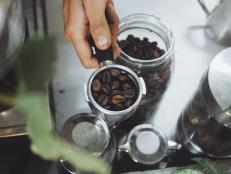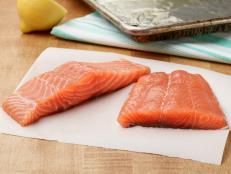Why a Balky Coffeemaker May Delay Your Flight

ZinaidaSopina, ZinaidaSopina
Have you ever been sitting on the tarmac, ready for takeoff, when suddenly your plane has to taxi back to the gate because the coffee machine isn’t working? Apparently, that’s a thing.
According to The New York Times, broken coffeemakers are a surprisingly common cause of plane delays, although specific statistics are scant on how significant a factor they are overall: “You can’t just put Mr. Coffee in an airline,” Jeff Lowe, president of the airplane repair concern Aviation Fabricators, told the Times. “You have to do all kinds of engineering and analysis and provide test results to the F.A.A. to get approval.”
Some interesting facts about airplane coffeemakers, revealed in the Times:
1: They cost between $7,000 and $20,000, so a little more than your home Keurig or, yeah, Mr. Coffee.
2: According to FAA regulations, they must be outfitted with circuit breakers, insulated wiring and other safety features to guard against electrical hazards like (perish the thought) in-flight fires.
3: They also have to be fitted with special “latches,” the Times reports, to prevent anything from coming loose and wreaking hot-liquid havoc during a bumpy flight.
4: All these moving parts and electrical risks mean that a) more can go wrong and b) special care must be taken by trained personnel to keep them functional and risk-free.
5: If it’s not possible for maintenance workers to replace or fix a malfunctioning (or non-functioning) coffeemaker on a plane, they can disable it, but that requires that the power and water supplies be shut off.
Taken together, these details explain how something as minor-seeming as a broken coffeemaker can delay flights and inconvenience passengers.
But the most-important takeaway from the Times piece may be this tangential detail:
6: Some onboard coffeemakers use water from the plane’s water tank (which can clog, causing coffee-making issues); others use filtered water that flight attendants pour from a bottle. The tank water may be treated with chemicals to prevent bacteria from building up. One aerospace engineer who has helped to develop onboard coffeemakers compared the tank water to pool water and told the Times he drinks coffee on a flight only if he knows it’s been made with bottled, filtered H2O. (He is not alone in that — far from it.)
And you thought the worst thing about airplane coffee was the flimsy stirrer and the sub-par creamer.
Photo courtesy of iStock






























































